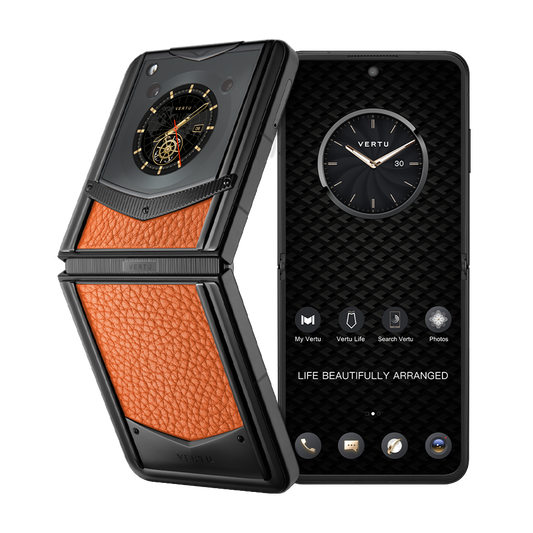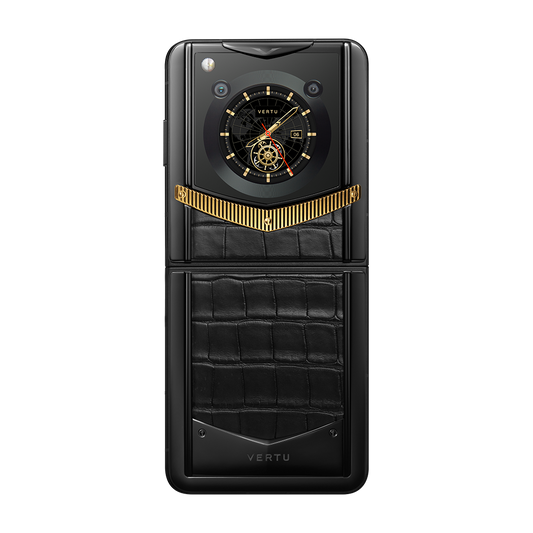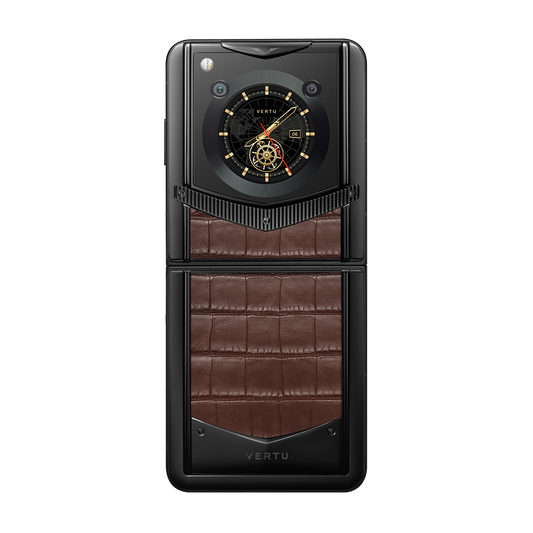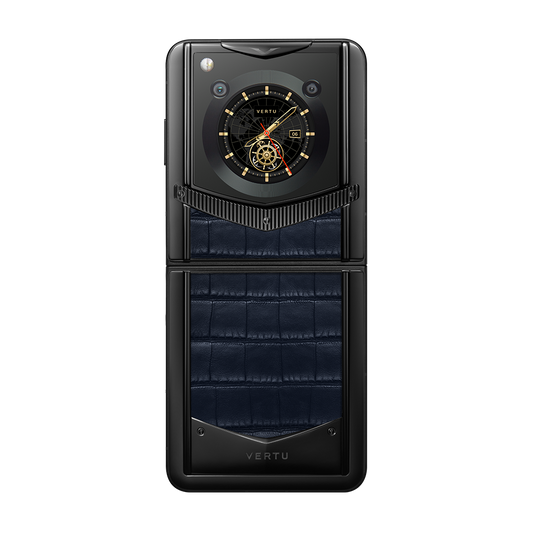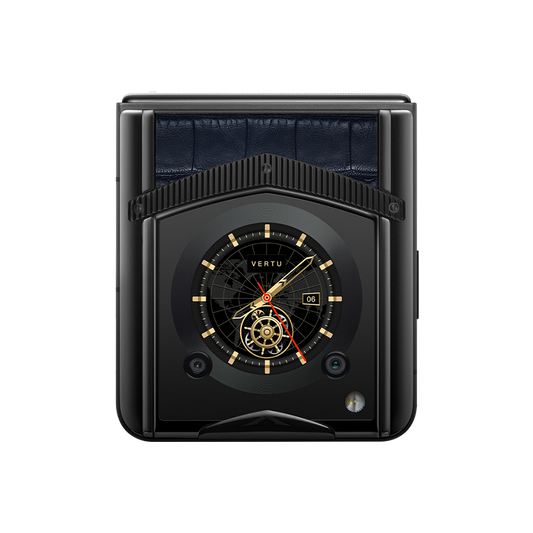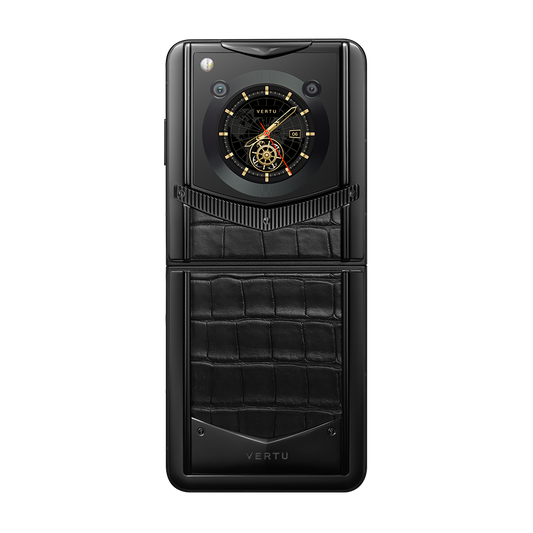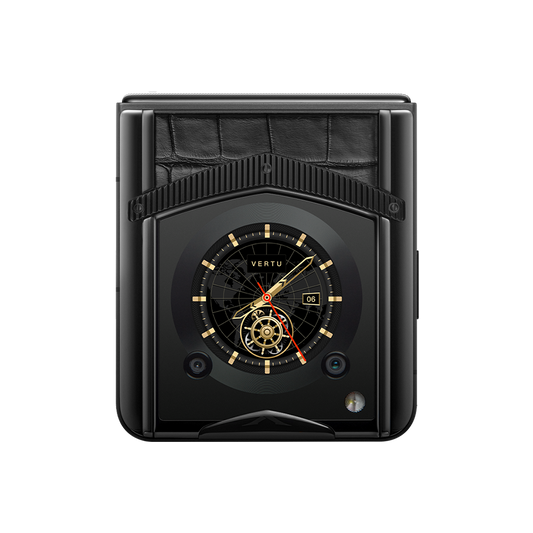Four Novel Opportunities Arise at the Crossroads of AI and Fashion
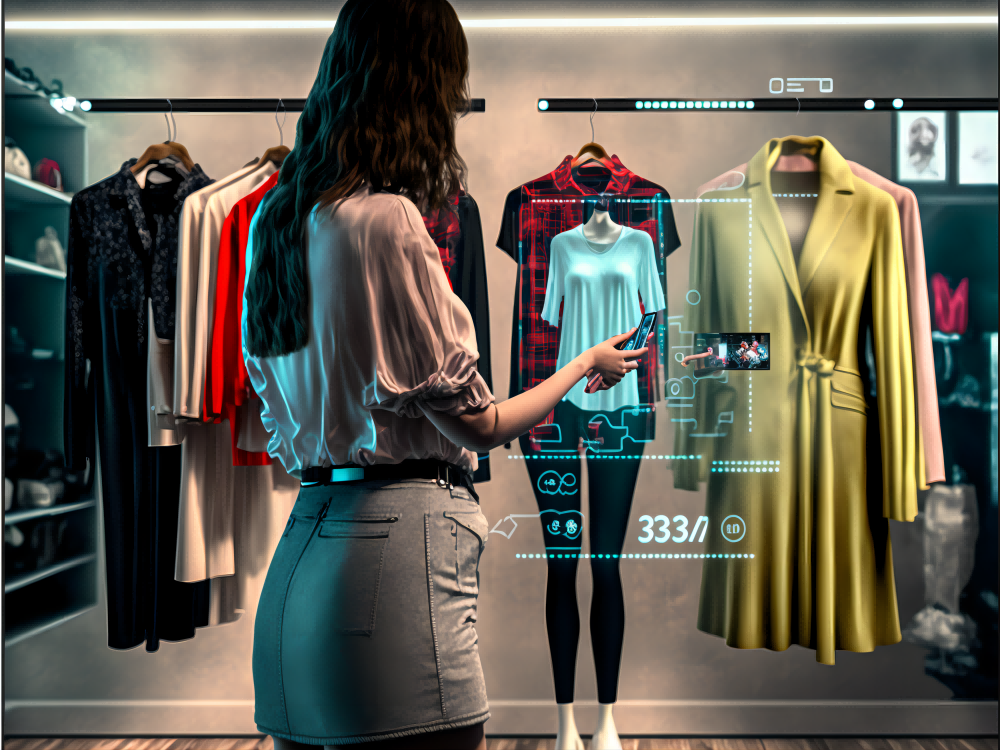
The fashion retail industry is once again discussing data science and AI due to the proliferation of generative AI. While these technologies have consistently influenced change in the industry over the past decade, the current round of buzz highlights the fact that generative AI can create more complex and complete design outcomes, including text, images, and even video. Furthermore, using these technologies does not require a great deal of pre-existing technical knowledge.
At this week's SXSW conference in Austin, USA, the country's largest carnival of technology, art and innovation, the issue that received the most attention was the emergence of new tools around generative AI. While many developers argue that these tools do not completely outsource decision-making to machines, they do extend the existing capabilities of humans. Some of these new tools provide support behind the scenes, while others are accessible to the masses.
Google: Generative AI Shopping Tool
Google Shopping is currently testing an AI shopping tool called Search Generative Experience (SGE). This tool allows users to generate images of products that match their imagination using text prompts. Google will then search for similar-looking products online.
This process is called 'From Dream to Reality,' where the consumer's vision is brought to life. Rincon demonstrated the process by searching for his imaginary polka-dot down jacket, which quickly led to a matching real product.
Google Shopping is expanding its virtual try-on tool, which allows online shoppers to use generative AI to try on a range of garments on models. The tool was launched in July last year.
Stitch Fix: An Upcoming Analog Styling Tool
Stitch Fix, a personal styling service, utilises algorithms to expand demand for access to personal stylists. The service analyses customer feedback to narrow down and prioritise potential stock items suggested to the stylist. The stylist then makes further adjustments and sends them to the customer.
Recently, the company developed an internal tool that advises sellers on inventory management.
Sophie Searcy, the director of business algorithms at Stitch Fix, explained how the company utilises AI to predict trends. The tool can accelerate inventory decisions and enhance accuracy by identifying popular items and products with development opportunities.
Meta's AI Stylist
Meta's second-generation smart glasses, produced in partnership with Ray-Ban, now feature a multimodal AI assistant that allows users to request information and styling advice.
Predictive and Customer Insights with GPT
Tapestry Group's consumer insights team is testing ChatGPT and similar tools to enhance its qualitative research in trend forecasting. According to Alice Yu, Vice President of Consumer Insights at Tapestry, such studies often require significant research team support.
Researchers can then use these insights to create mood boards using generative AI tools, which can be shared with focus groups to gather more data.
Yu cautions that understanding the 'why' is just as crucial as the 'what' in her work. Although data science can provide facts and figures on key points, it can also create more opportunities for valuable face-to-face research. According to her, one-on-one research frequently reveals more valuable insights. During a closet inspection, a customer described an outfit as 'bright floral', but it actually matched a small pattern on a pastel-coloured blouse. Although the customer claimed to like bright floral accessories, the actual purchase did not match the description.
This case highlights the tension that still exists between AI and human intuition. Yu emphasised the importance of human empathy for researchers, stating 'Essentially, we're talking about people.' We are not discussing data or facts. The fashion industry is about people, and their stories will always be significant.








